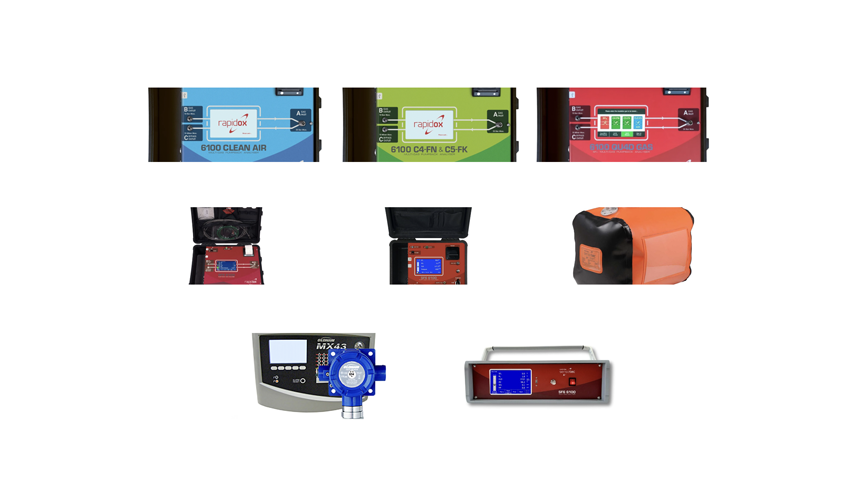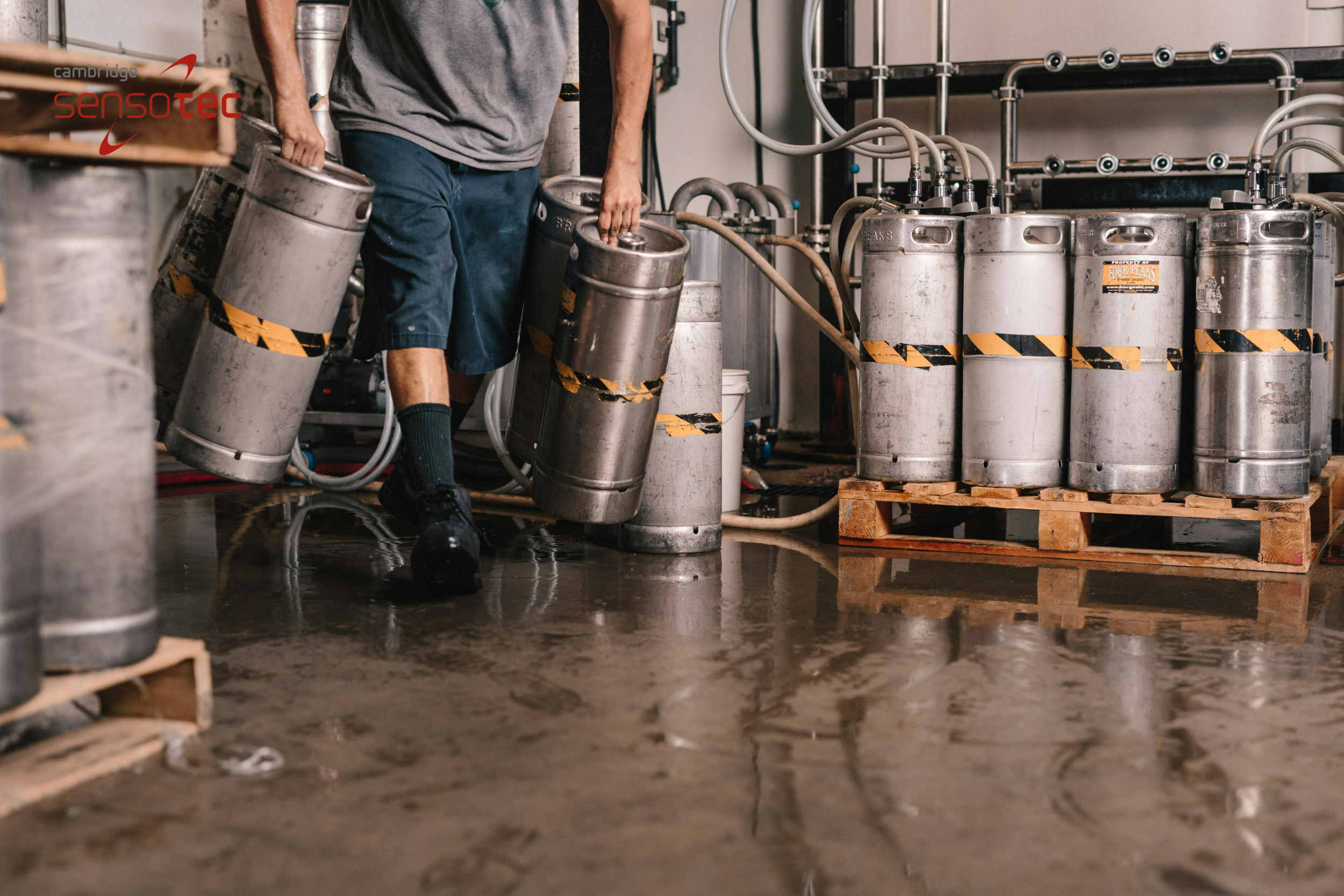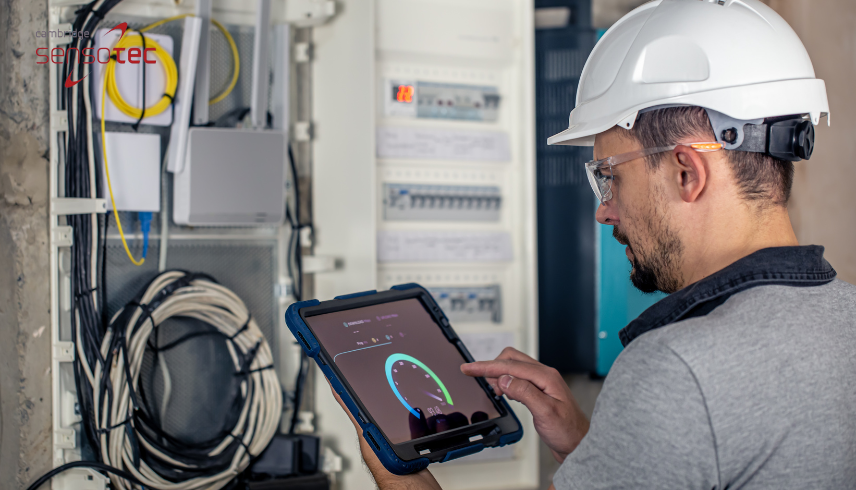

Importance of Measuring SF6, H2O, SO2 and HF in Gas Insulated Switchgears
Introduction
Gas insulated switchgears (GIS) play a critical role in power transmission and distribution systems. The integrity and safety of GIS operations depend on the accurate monitoring of sulphur hexafluoride (SF6) and its decomposition products, including hydrogen fluoride (HF), water vapor (H2O), and sulphur dioxide (SO2). This document explores the importance of measuring these gases, referencing the guidelines of IEC 60480:2019, and discusses their potential operational and health risks. Additionally, it addresses the significance of measuring total acidity levels, acceptable thresholds, the consequences of exceeding these levels, and the impact of extreme temperatures on gas behaviour and monitoring.
Importance of Measuring SF6, HF, H2O, and SO2
Gas insulated switchgears utilize SF6 as an insulating and arc-quenching medium. However, SF6 can decompose under electrical stress, leading to the formation of HF, H2O and SO2. Monitoring these decomposition products is crucial for identifying potential operational and health risks associated with GIS.
Total acidity measurement is essential for assessing the degree of SF6 decomposition. IEC 60480:2019 recommends maintaining total acidity levels below specified thresholds to ensure the safe and reliable operation of GIS. Acceptable levels of total acidity help in preventing equipment degradation and potential health hazards. According to IEC 60480:2019, the maximum allowable total acidity in gas-insulated switchgear (GIS) filled with SF6 is specified as 50 ppmV to ensure the safety and integrity of GIS operations.
Operational and Health Risks
The presence of HF, H2O, and SO2 as decomposition products in GIS poses operational and health risks. HF is highly toxic and can cause severe health effects upon exposure. Additionally, the presence of these decomposition products can compromise the insulating properties of SF6, leading to equipment failure and operational disruptions.
The operational risks associated with HF, SO2, and H2O in gas-insulated switchgear (GIS) filled with SF6 include:
- Corrosion and Degradation: HF is a highly corrosive gas that can react with metallic components within the GIS, leading to corrosion and degradation of materials such as conductors, contacts, and other metal parts. This corrosion can compromise the structural integrity of the equipment, potentially leading to mechanical failures and electrical disruptions.
- Insulation Breakdown: SO2 is known to contribute to insulation breakdown in GIS. When present in the SF6 gas, SO2 can lead to the formation of sulfurous acid and other by-products, which can degrade the insulating properties of the gas and insulation materials. This degradation increases the risk of electrical breakdown and flashovers within the GIS, impacting its operational reliability.
- Moisture Damage: H2O can have detrimental effects on the dielectric properties of SF6 gas and insulation materials in GIS. The presence of moisture can lead to the formation of acidic by-products, such as hydrofluoric acid and sulfuric acid, through chemical reactions with HF and SO2. These acidic compounds can further degrade the insulating materials and contribute to the breakdown of the GIS insulation, posing operational risks and potential failures.
- Health Hazards: HF and SO2 are hazardous gases that pose health risks to personnel working in the vicinity of GIS. HF is particularly harmful as it can cause severe burns upon contact with skin and inhalation, while SO2 can irritate the respiratory system and lead to health complications. Exposure to these gases can pose significant health hazards to maintenance personnel and operators, emphasizing the importance of monitoring and controlling their levels within the GIS environment.
- Equipment Reliability: The combined presence of HF, SO2, and H2O in SF6-filled GIS can contribute to equipment failures, including contact erosion, insulation degradation, and mechanical damage. These factors can compromise the reliability and operational performance of the GIS, leading to costly downtime, maintenance, and potential safety hazards.
Impact of Extreme Heat and Extreme Cold
At extremely low temperatures, the reactivity of SF6, SO2, and HF may decrease due to reduced molecular mobility and kinetic energy, leading to a slower rate of chemical reactions. Cold temperatures can cause SF6 to condense, potentially leading to the formation of solid or liquid SF6, which can impact the dielectric properties and increase the risk of partial discharges. Cold temperatures can also reduce the dielectric strength of SF6, impacting its insulating capabilities and potentially leading to partial discharges or breakdowns.
High temperatures can increase the reactivity of SF6, SO2, and HF, accelerating chemical reactions and decomposition processes. Elevated temperatures can promote the thermal decomposition of SF6, leading to the release of by-products such as SO2 and HF. Heat can also reduce the dielectric strength of SF6, potentially leading to partial discharges, breakdowns, and the formation of corrosive by-products.
Strong Recommendation from Cambridge Sensotec
Cambridge Sensotec strongly recommends the comprehensive measurement of SF6, HF, H2O, and SO2 in gas (SF6) insulated switchgears.
Accurate measurement and monitoring of the gases listed above are vital for maintaining operational integrity and ensuring the safety of these systems. Adhering to the guidelines of IEC 60480:2019 and employing advanced gas analysis and monitoring solutions is essential for safeguarding the reliability and safety of GIS operations, especially when faced with extreme environmental conditions.
Adding a HF sensor to your existing 3-gas Rapidox 6100 pump back gas analyser by way of an upgrade can be easily performed by Cambridge Sensotec or by one of our aftersales-certified distribution partners.


